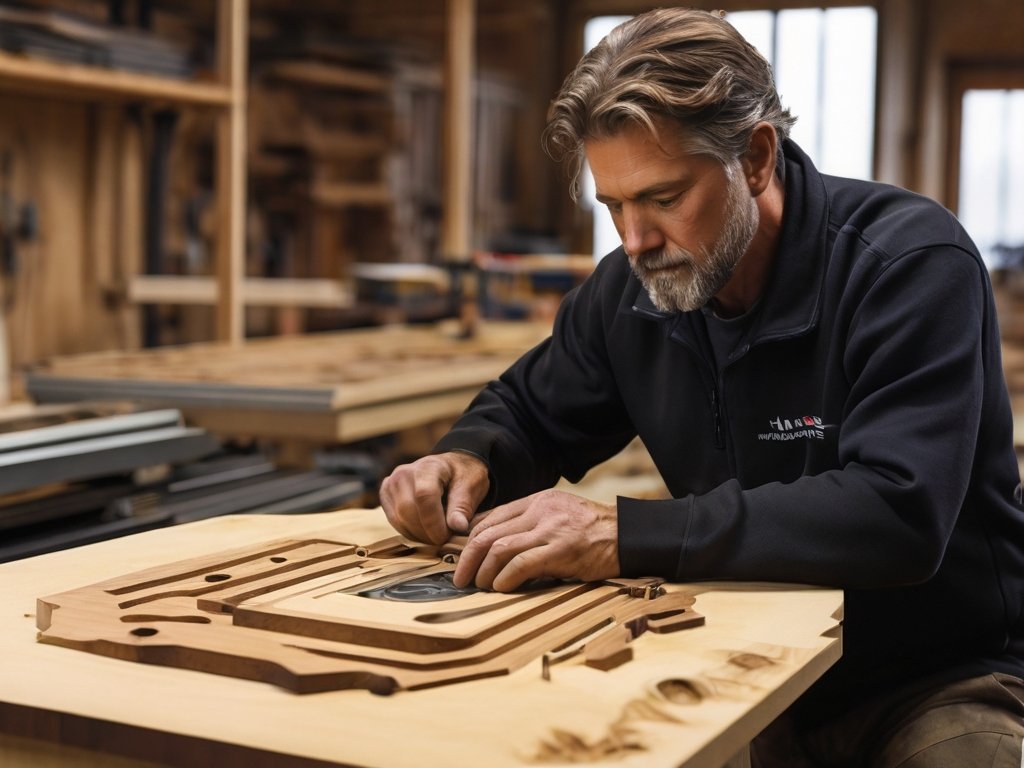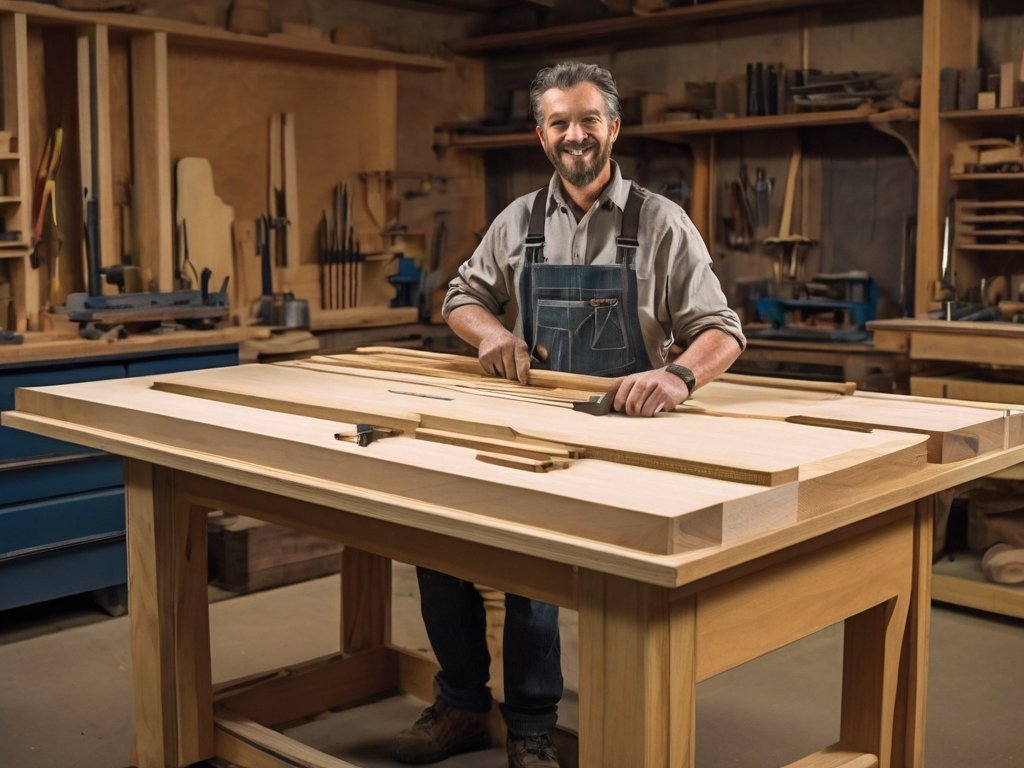Smart Woodworking: Revolutionizing Furniture Design with IoT Integration
In the dynamic world of woodworking, a captivating trend is emerging: Smart Woodworking. This innovative approach combines traditional craftsmanship with cutting-edge technology, integrating Internet of Things (IoT) devices into furniture design to create functional and intelligent pieces that enhance modern living spaces. In this article, we delve into how smart woodworking is reshaping the industry and pushing the boundaries of innovation in furniture design.
The Intersection of Woodworking and Technology: Woodworking, known for its timeless craftsmanship and meticulous attention to detail, is experiencing a digital revolution as artisans and designers embrace advanced technology. In the realm of smart woodworking, digital tools such as Computer-Aided Design (CAD) software and Computer Numerical Control (CNC) machines play a pivotal role in the design and fabrication process. CAD software enables designers to create intricate designs with precision, while CNC machines automate the cutting and shaping of wood, resulting in highly accurate and consistent pieces.
Furthermore, IoT devices are seamlessly integrated into furniture to enhance functionality and connectivity. These devices encompass a wide range of sensors, actuators, and microcontrollers that enable furniture to interact with its environment and users. For example, motion sensors can detect the presence of occupants and adjust lighting accordingly, while temperature and humidity sensors can regulate climate control systems for optimal comfort. Actuators can facilitate adjustable features such as height, tilt, or recline, providing users with customizable ergonomic options.
Innovative Furniture Design: At the heart of smart woodworking lies innovative furniture design, where traditional craftsmanship meets technological innovation to produce extraordinary pieces. Beyond their aesthetic appeal, smart furniture incorporates intelligent features that elevate the user experience. For instance, a smart coffee table equipped with a built-in touchscreen display can serve as a digital hub, allowing users to browse the internet, stream music, or control smart home devices with ease. Integrated wireless charging pads eliminate the need for unsightly cords, seamlessly blending technology with functionality.
Enhanced Connectivity and Control: The integration of IoT devices enables smart furniture to enhance connectivity and control within the home environment. By leveraging Wi-Fi or Bluetooth connectivity, furniture can communicate with other smart devices and home automation systems, creating a cohesive and interconnected ecosystem. Users can remotely monitor and manage their furniture via smartphone apps or voice commands, providing unparalleled convenience and flexibility. For instance, a smart desk can be adjusted to a preset standing height using a mobile app, promoting ergonomic health and productivity.
Personalized Experiences: Smart woodworking enables personalized experiences tailored to individual preferences through advanced sensors and AI algorithms. Furniture equipped with biometric sensors can recognize users and adjust settings accordingly, ensuring a personalized and comfortable experience. For example, a smart chair with posture sensors can provide real-time feedback and gentle reminders to improve sitting habits and prevent discomfort. AI-powered assistants integrated into furniture can learn user habits and preferences over time, offering tailored recommendations and automating routine tasks.
Sustainability and Efficiency: Despite its high-tech nature, smart woodworking remains committed to sustainability and efficiency. Designers prioritize eco-friendly materials and production methods, minimizing environmental impact while maximizing resource efficiency. Additionally, the integration of IoT technology can lead to energy savings and optimization. Smart lighting systems with occupancy sensors and daylight harvesting capabilities can intelligently adjust brightness levels to conserve energy, while smart thermostats can optimize heating and cooling schedules based on occupancy patterns and weather forecasts.
Smart woodworking represents a captivating fusion of craftsmanship and technology, where creativity and innovation converge to redefine the concept of modern furniture design. By embracing IoT integration and advanced digital tools, artisans and designers are pushing the boundaries of what’s possible, creating furniture that is not only aesthetically pleasing but also intelligent and functional. As the demand for smart furniture continues to grow, we can anticipate even more groundbreaking innovations that revolutionize the way we interact with and experience furniture in our homes.




Post Comment